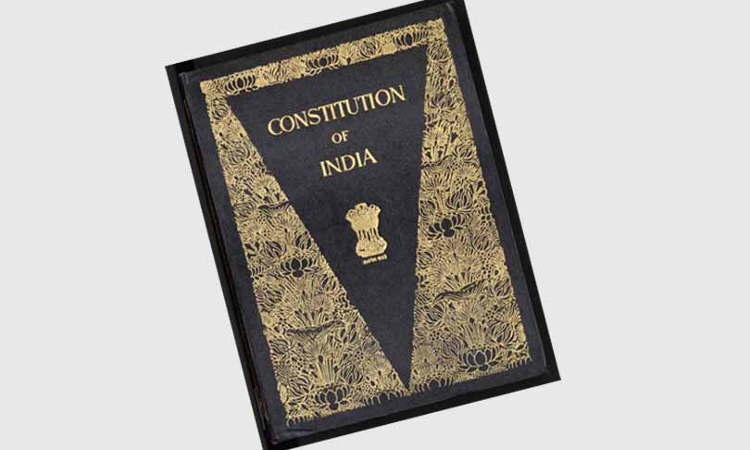Constitution of a country is the basic norm - Grund Norm - which includes fundamental principles which lay down the foundation of a society. Though the phrase 'basic structure' is not explicitly mentioned in the Constitution, this was recognised in the case of Kesavananda Bharati v. State of Kerala. The 13-judge Constitution Bench of the Supreme Court in this case said that every...

